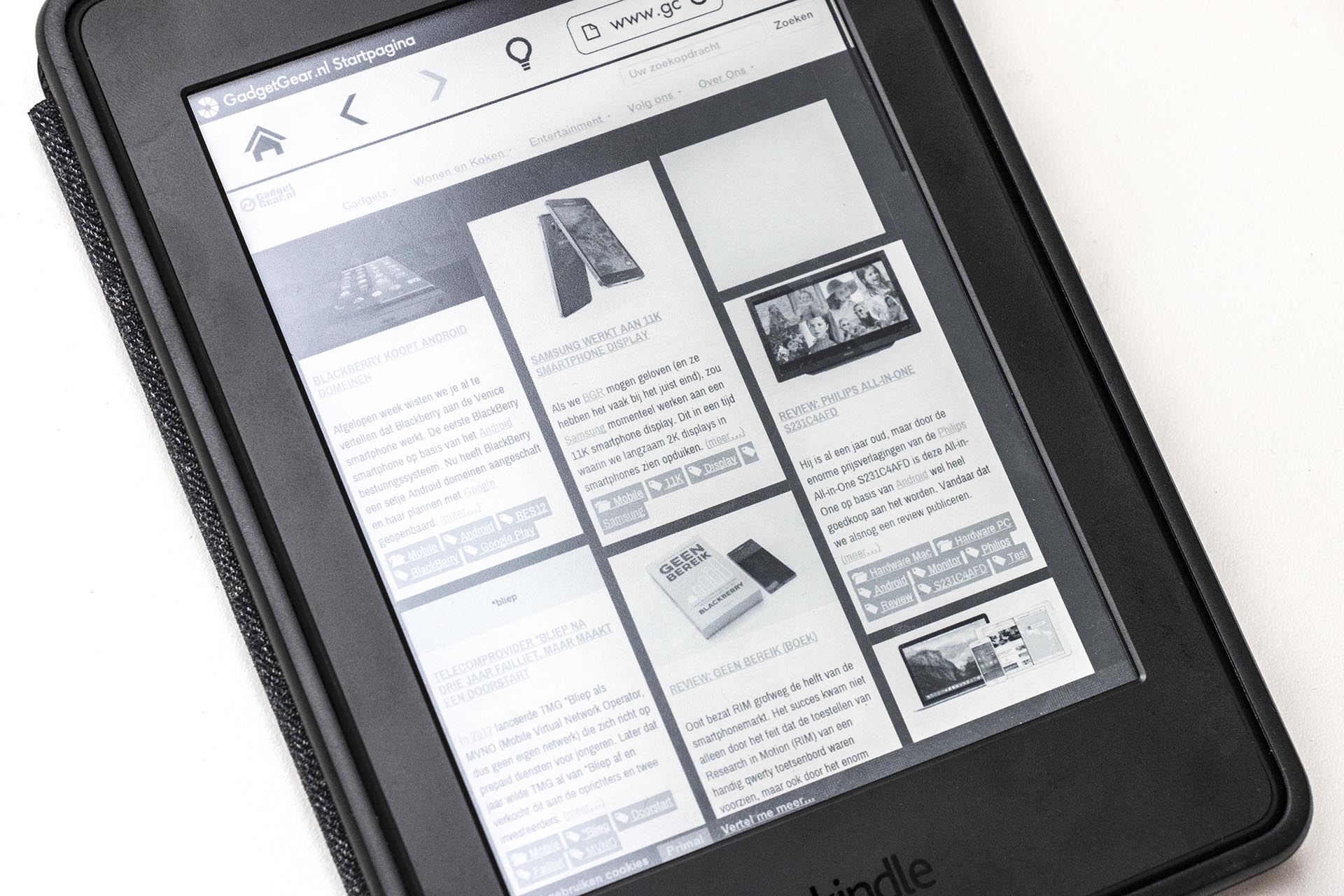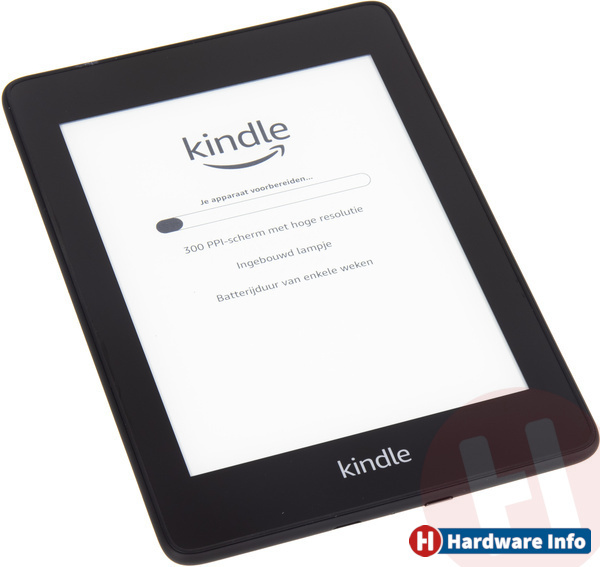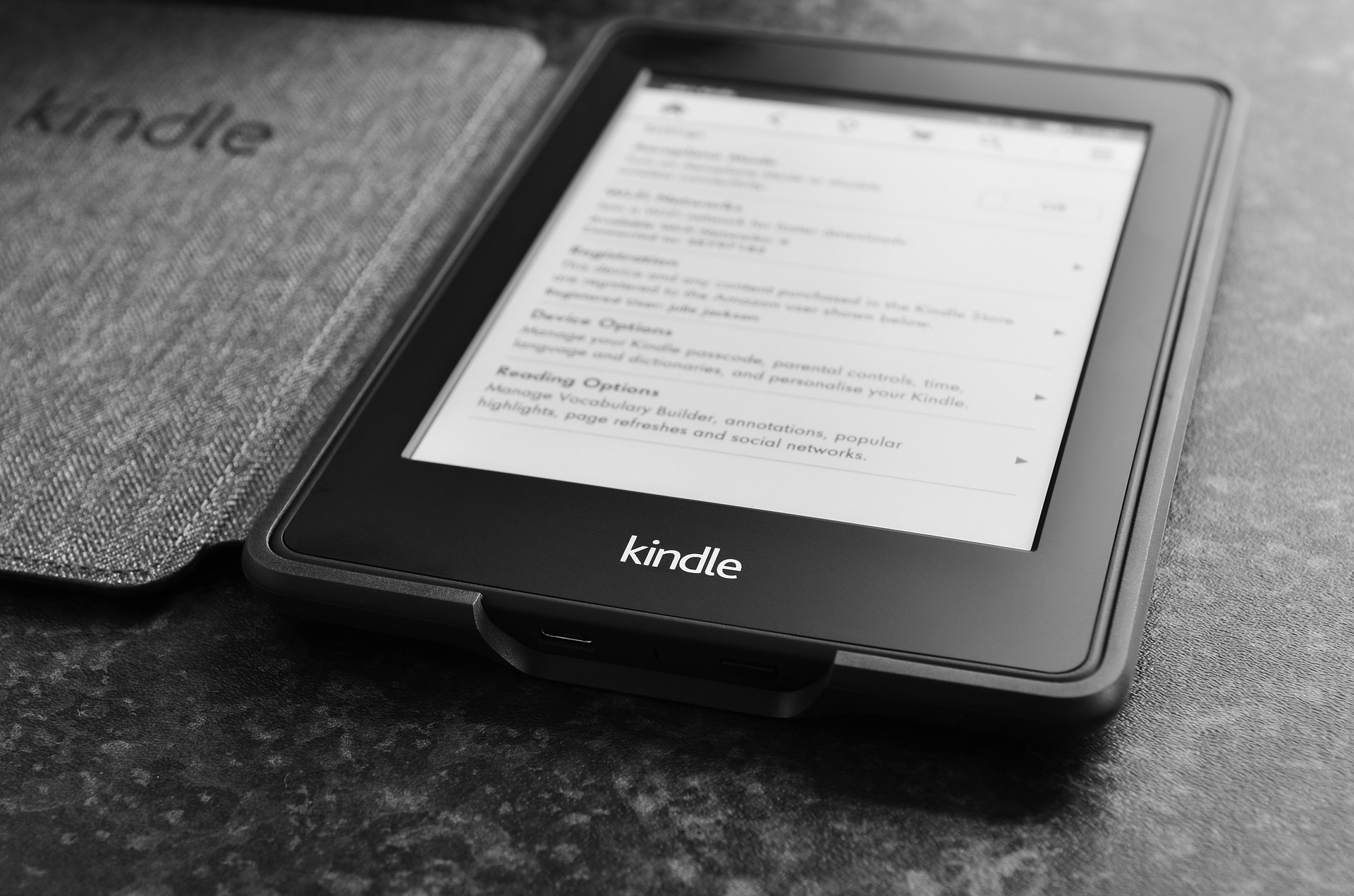

The new Paperwhite is still occasionally prone to the kinds of random, inexplicable minor hangups and hitches that all Kindles I’ve used have sometimes suffered from, but those pauses take less time to resolve themselves than they do on the older models.Both Kindle and Paperwhite use USB-C for charging (Image credit: TechRadar) That's true not just for page turns, but also for navigating menus, highlighting passages, and typing out quick notes. Better performance (with one serious bug)Īmazon claims the new Paperwhite has “20% faster page turns,” and while I didn’t measure anything with a stopwatch, the 11th-gen Paperwhite did feel more consistently responsive than 10th- and 7th-gen models I normally use.

The Kindle Oasis has still-more LEDs in its 7-inch screen-25, instead of 17-but the Paperwhite’s screen is so bright and evenly lit that I doubt I could tell the difference even with the two devices next to each other.
.jpg)
A built-in auto-brightness sensor also helps with this. Even if you don’t care for the yellow display effect that most phones/tablets/computers offer now, turning the display warmth up a few ticks takes the harsh edge off of the bluish Kindle frontlight and makes the display a lot more pleasant to look at. Two separate sliders control backlight brightness and the light’s color temperature. And it now has a warmlight option that can shift the display’s color temperature from the standard cool blue to a warm orangey-yellow. The frontlight now uses 17 LEDs, up from five in the last-gen Paperwhite and four in the standard Kindle.

The new Paperwhite also gets an upgraded frontlight that makes it a lot more like the more-expensive Kindle Oasis. The design of the 11th-generation Paperwhite and the 10th-gen Paperwhite are otherwise identical, with bezels that are flush with the display and the same soft-touch plastic back. Even with the bezel tweaks, the new Kindle is taller and wider than the old one, but not so much that it feels harder to hold for extended periods. The space for the larger screen mostly comes out of the Kindle’s top and side bezels, which are much slimmer than before (though the bottom bezel is a little thicker than before, likely to ensure that you still have plenty of room for your thumbs while you’re holding the device). It doesn’t change the Kindle’s user interface much, but it does mean a lot more words per page when you’re using the same font sizes, margins, and spacing. Further Reading Amazon gives Kindle e-readers a rare user interface overhaulThe headline feature of the new Paperwhite is its 6.8-inch screen, a big step up from the old Paperwhite’s (and the standard Kindle’s) 6-inch display.


 0 kommentar(er)
0 kommentar(er)
